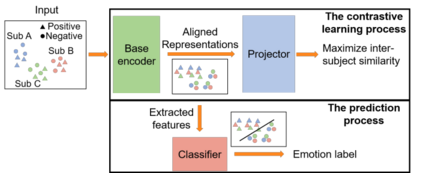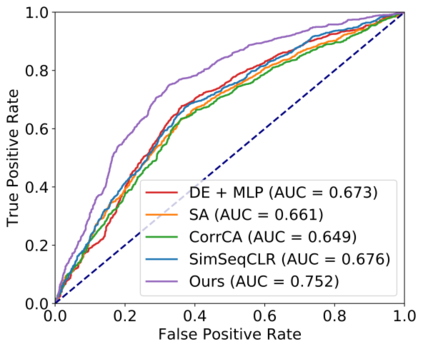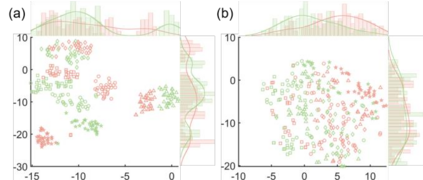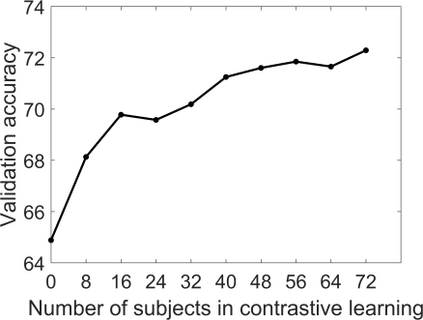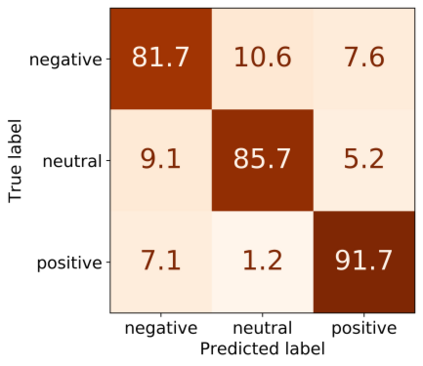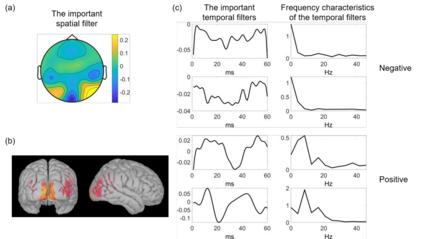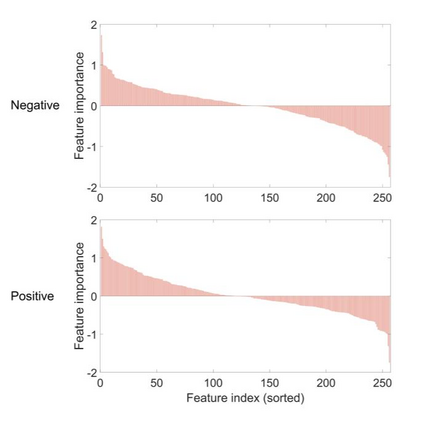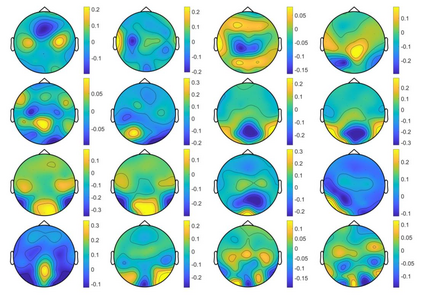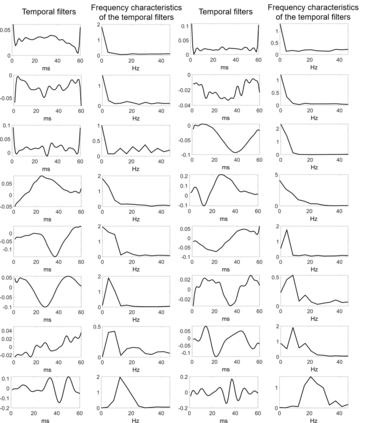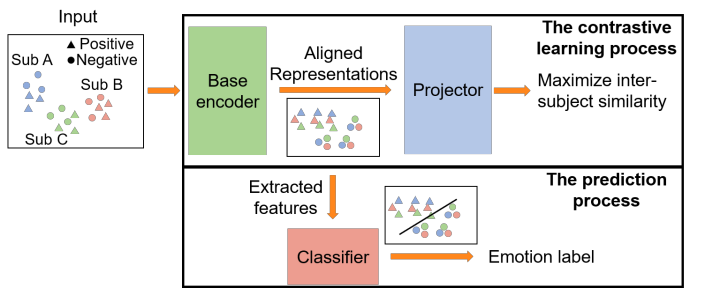Emotion recognition plays a vital role in human-machine interactions and daily healthcare. EEG signals have been reported to be informative and reliable for emotion recognition in recent years. However, the inter-subject variability of emotion-related EEG signals poses a great challenge for the practical use of EEG-based emotion recognition. Inspired by the recent neuroscience studies on inter-subject correlation, we proposed a Contrastive Learning method for Inter-Subject Alignment (CLISA) for reliable cross-subject emotion recognition. Contrastive learning was employed to minimize the inter-subject differences by maximizing the similarity in EEG signals across subjects when they received the same stimuli in contrast to different ones. Specifically, a convolutional neural network with depthwise spatial convolution and temporal convolution layers was applied to learn inter-subject aligned spatiotemporal representations from raw EEG signals. Then the aligned representations were used to extract differential entropy features for emotion classification. The performance of the proposed method was evaluated on our THU-EP dataset with 80 subjects and the publicly available SEED dataset with 15 subjects. Comparable or better cross-subject emotion recognition accuracy (i.e., 72.1% and 47.0% for binary and nine-class classification, respectively, on the THU-EP dataset and 86.3% on the SEED dataset for three-class classification) was achieved as compared to the state-of-the-art methods. The proposed method could be generalized well to unseen emotional stimuli as well. The CLISA method is therefore expected to considerably increase the practicality of EEG-based emotion recognition by operating in a "plug-and-play" manner. Furthermore, the learned spatiotemporal representations by CLISA could provide insights into the neural mechanisms of human emotion processing.
翻译:情感认知在人体机器互动和日常医疗中具有关键作用。 EEG信号在最近几年中被报告为信息丰富和可靠,以引起情感认知。然而,情感相关 EEG信号的元素间变异性对实际使用EEEG情感认知构成巨大挑战。受最近关于主题相关性的神经科学研究的启发,我们提议了一种对跨对象匹配(CLISA)的对比学习方法,以获得可靠的跨主题情感识别。采用了对比学习,以最大限度地减少不同主题之间EEEEG信号的相似性,从而实现情感认知。具体地说,一个具有深度空间变异性和时间变异性的神经网络用于实际使用EEEEG信号的实际应用。在原始 EEG信号中,我们建议了对不同对象的对比性学习方法,为情感分类提供了差异性特征。我们THU-EP数据集的性能评估,有80个主题,并向公众提供了15个主题的SECD数据集。可以比较性或更清晰的神经变异性神经网络网络网络网络网络网络网络网络, 用于SEEEEEEEG的预言 和SLO的预变法, 。 和SILA的预变法, 和SLO法的精确化数据,可以分别为: 和SLILA的精确化数据, 和SLOVA法的精确法的精确化方法,可以提供。

